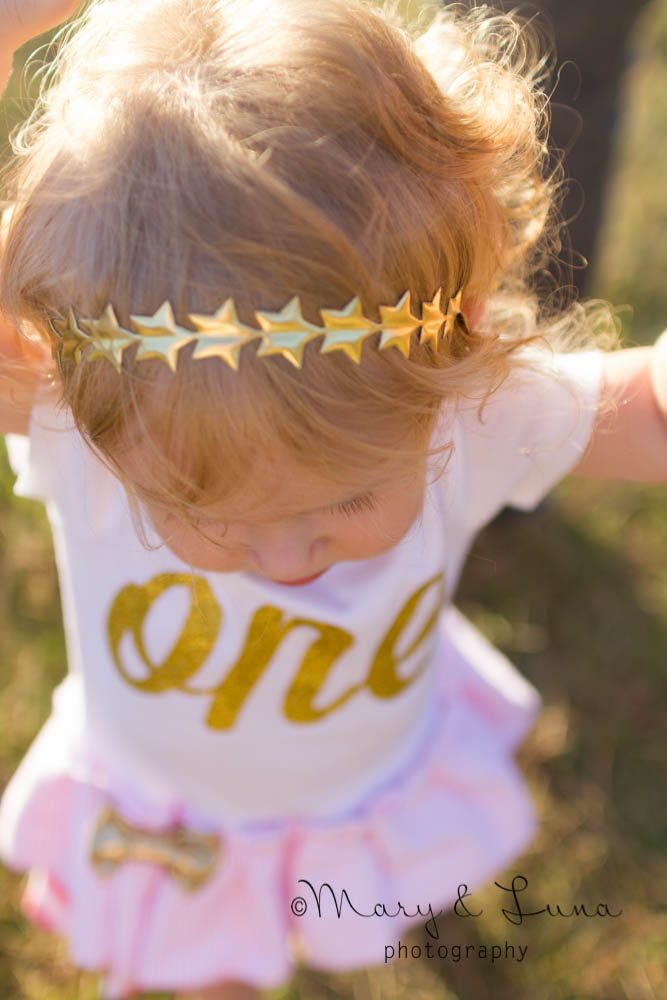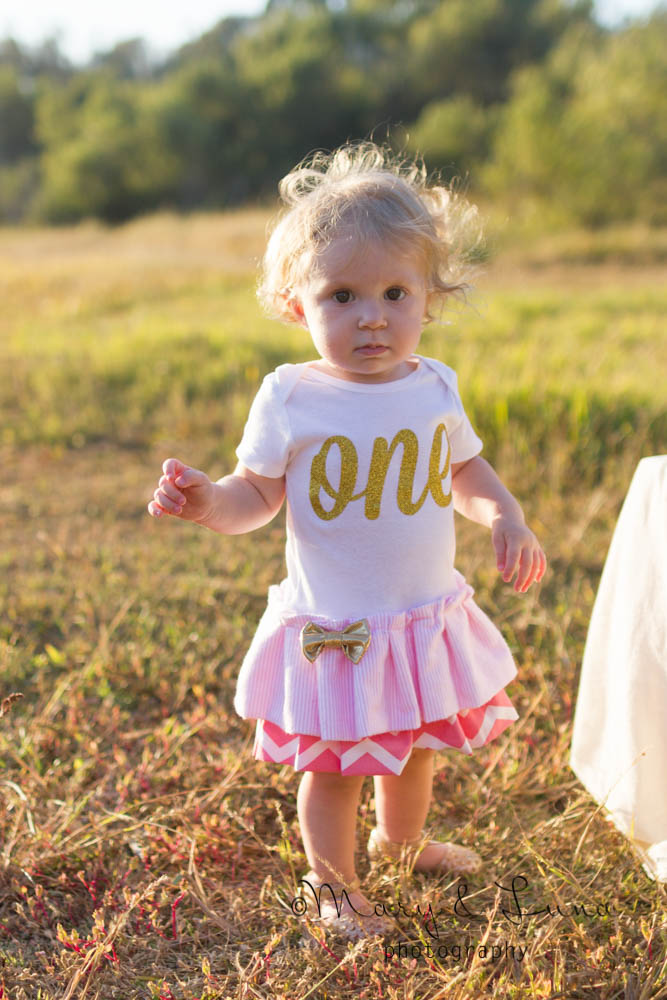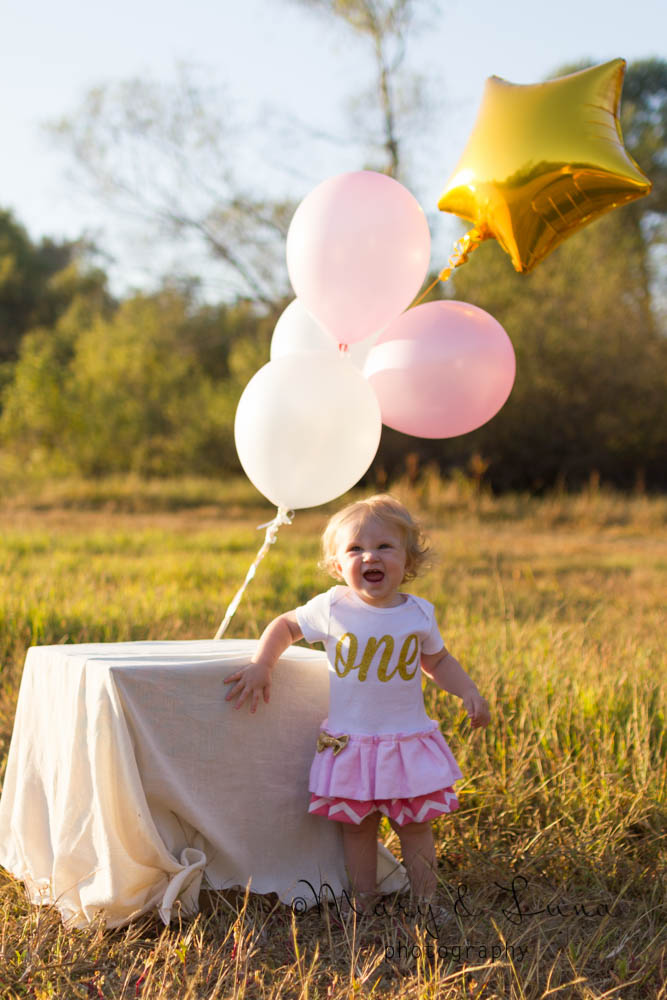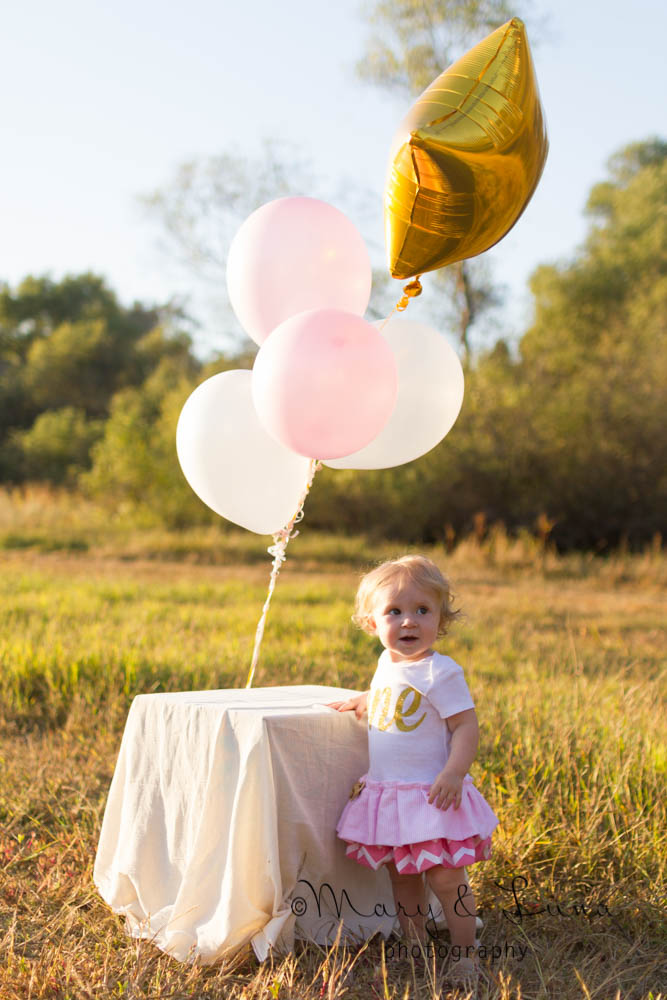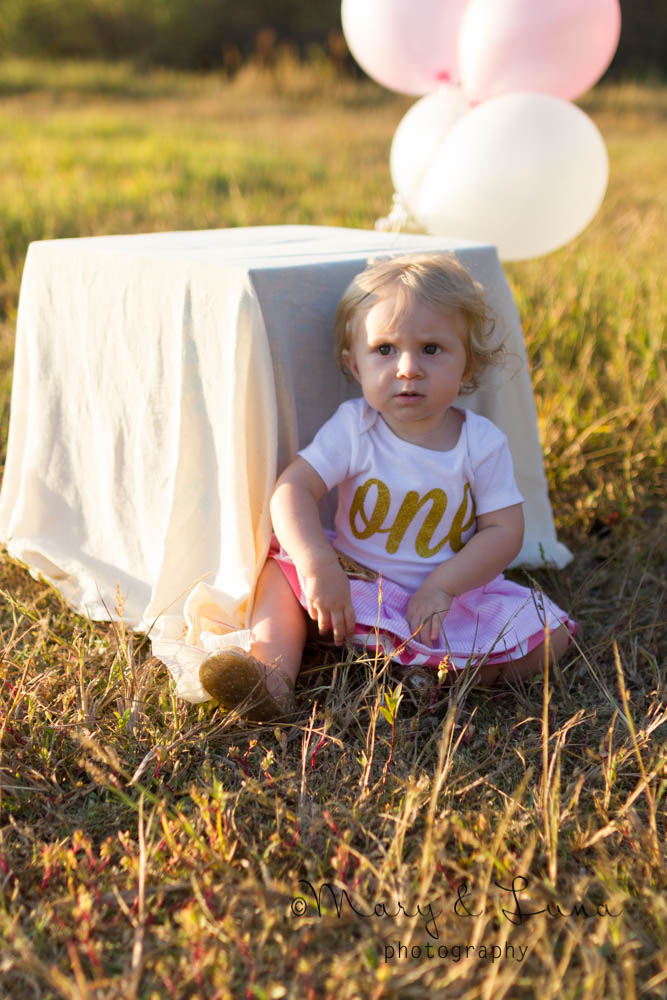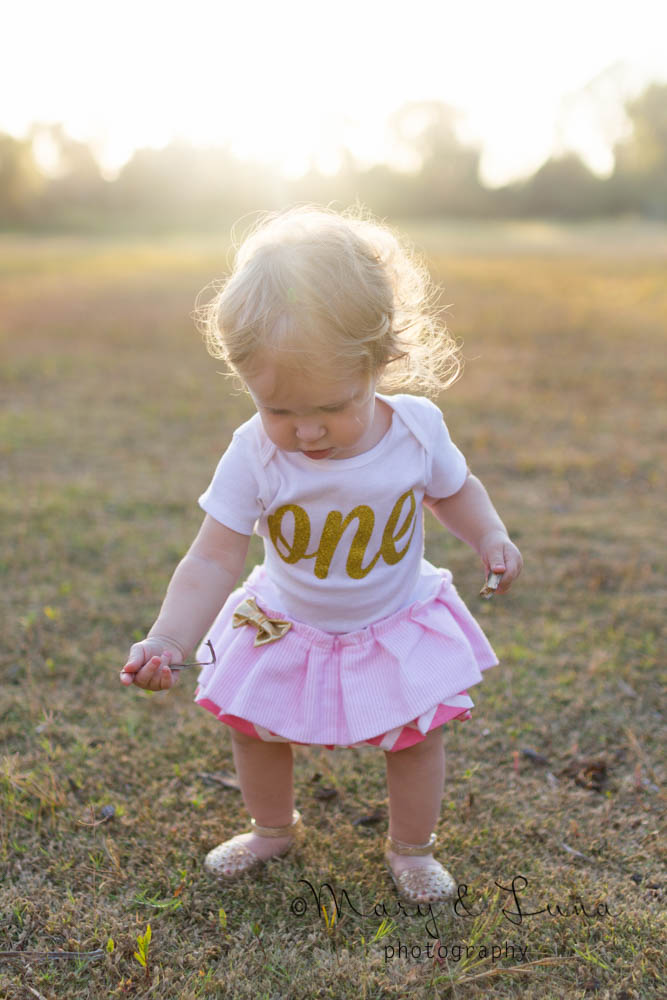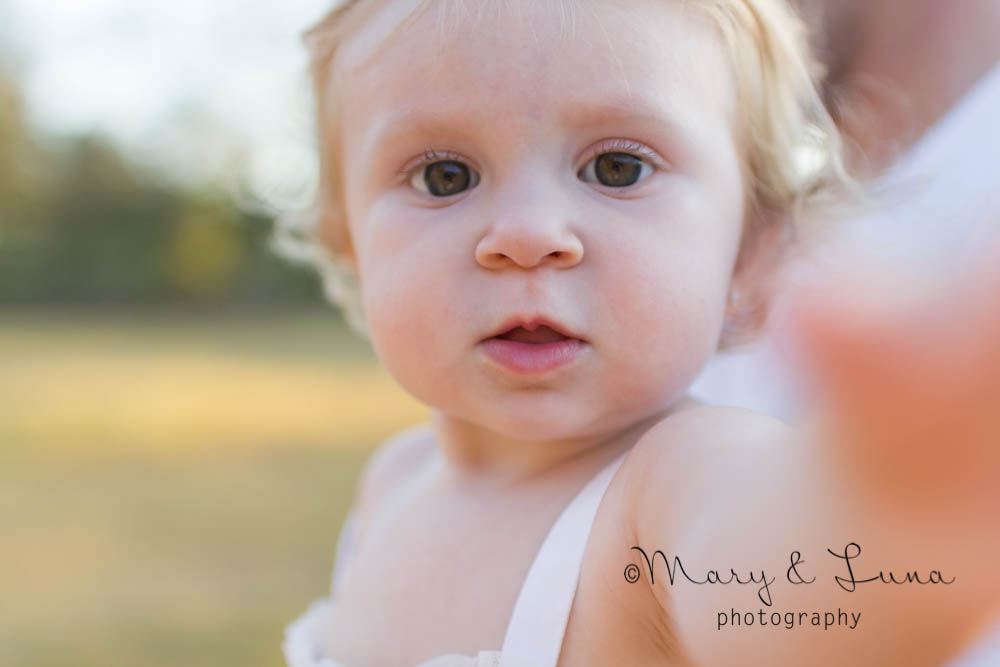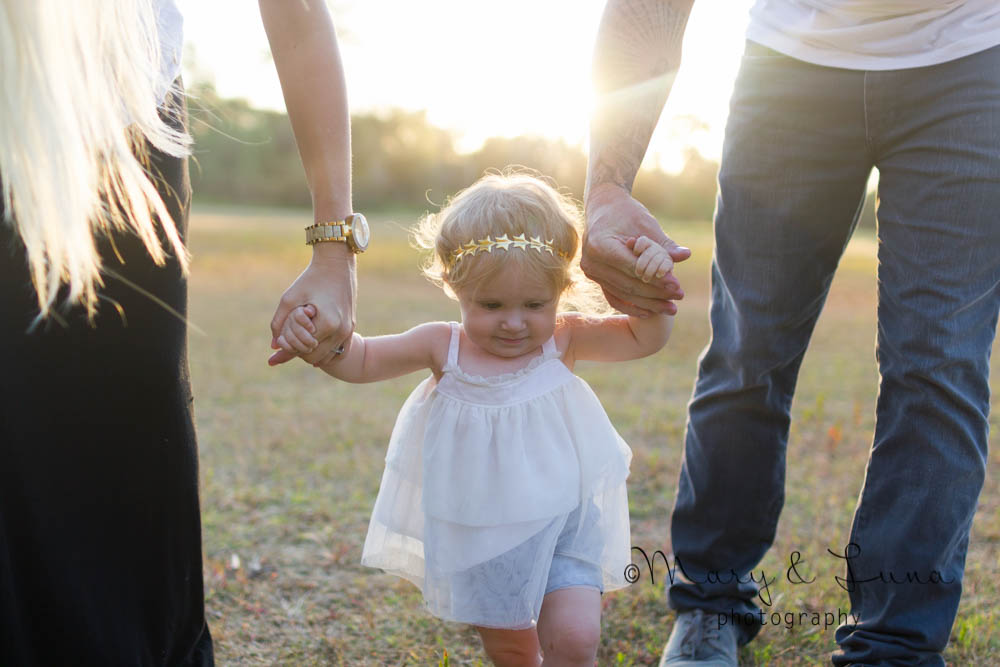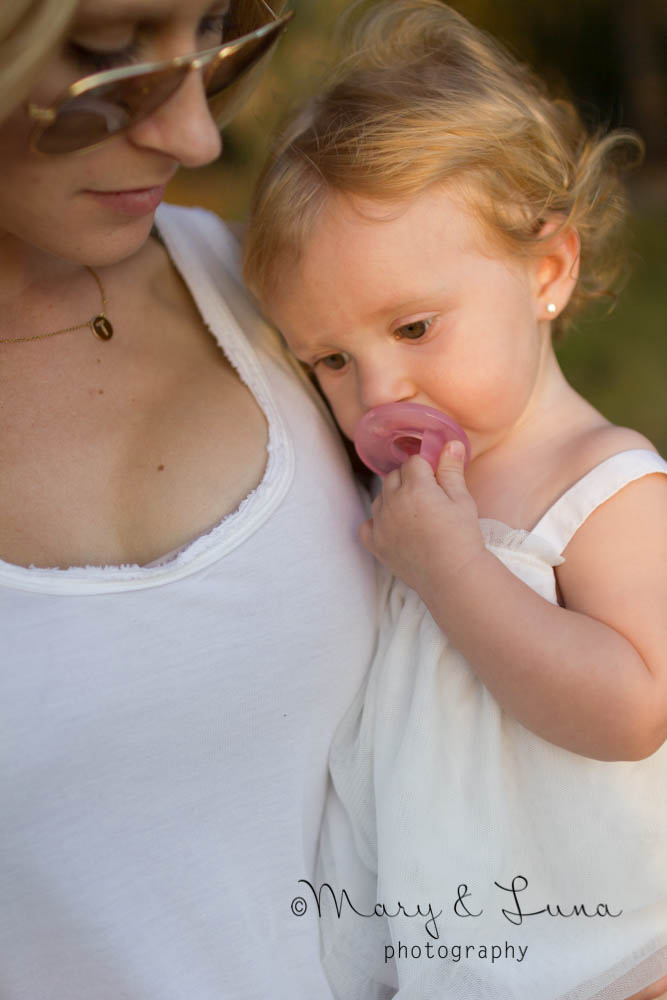Painted Hands | The positive effects of art
I don’t know how, but I’ve been able to hold on to my ability to create long after the imaginations of my peers faded away and they started focusing on “real life.” It’s so easy to lose it. Kids are born with a natural tendency to slip seamlessly in and out of imaginative worlds; I think that’s why some of the things they say and do are so entertaining to adults.
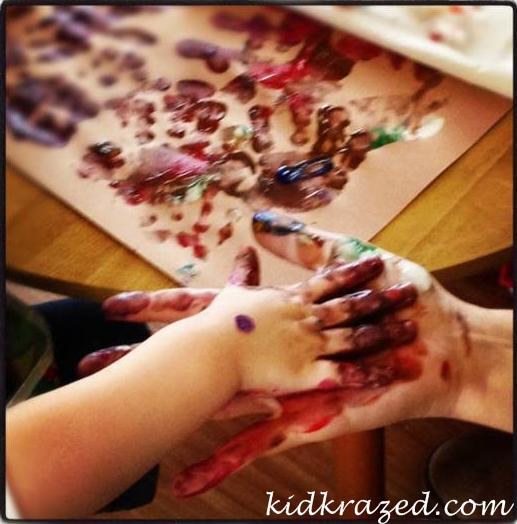
I’m always trying to think of ways to engage the kids I babysit in art. Creating comes so naturally to me, so it’s foreign to me to have to think for another. A key is to incorporate their interests in the art’s subject matter. They don’t always want to do the art themselves (and that’s okay, they’re still interested); they like to tell me what to do and then put my work in a “portfolio” (a 3-ring binder with plastic sleeves) and admire it. I have taped many pieces of paper together and drawn as Andrew dictated what train parts look like and where to put them; that helped him see his knowledge and love of trains constructed in an artistic way. When they were younger, I would just give them paint and brushes to explore blending colors, not at all surprised when they gave up using the brushes and just used their hands to smear the paint (sometimes it’s okay to make a mess). Now that they can do more, they know what they want to make, and I’m teaching them basics of setting up their workspace (to eliminate frustrations), like how to wash their brushes in a cup between each paint color and dry it on a paper towel (to keep the colors pure). I teach them the order in which they should paint something so that they don’t smear their work before it’s dry (ruined art is sad). I often help them to understand the shapes of what they’re trying to draw so that I don’t end up drawing it for them. I guide gently whenever they need help.
I think the bottom line is exposure. The more exposure kids get to art, the more likely they’ll incorporate it into their daily lives. Think about it: more exposure leads to a higher chance of them developing an interest in something artistic that they like. More interests lead to a more fulfilling life (you can never love too many things) and less boredom. And coincidentally, less boredom leads to less of a tendency to get into trouble.

A couple notes on some positive effects of art: having art in your home that you think is beautiful can enhance your mood. Art has existed for as long as humans have existed; it’s only natural to be connected to it. Creating encourages problem solving because you have to figure out how to put something together in a visually pleasing way. Art aids deep focus and getting lost in thought. To create is to have the ability to create possibilities.
Expose your children to as many different kinds of art styles as possible. It will allow them to explore and find their own aesthetic. There’s a lot of self-awareness that comes with learning what you like, and what you like to say, with your art. If you have a child who isn’t naturally into art and you would like them to be, explore other ways of engaging them. Try having them dictate something while you draw it. At least they are using their imaginations and visual skills to create, even if it’s not first-hand. They’ll still learn to appreciate art. Think about how many people enjoy art without actually having the skill to do it themselves.
Remember to dream beyond a piece of paper.
Michelle Dixon is an artist (and babysitter) with a passion for daydreaming and hoarding books. She is the creator of the online art shop Mary and Luna Fine Art and Designs, offering sweet and whimsical prints, canvas paintings, paper cut, and custom artwork. Find her at Mary and Luna or her Etsy shop.
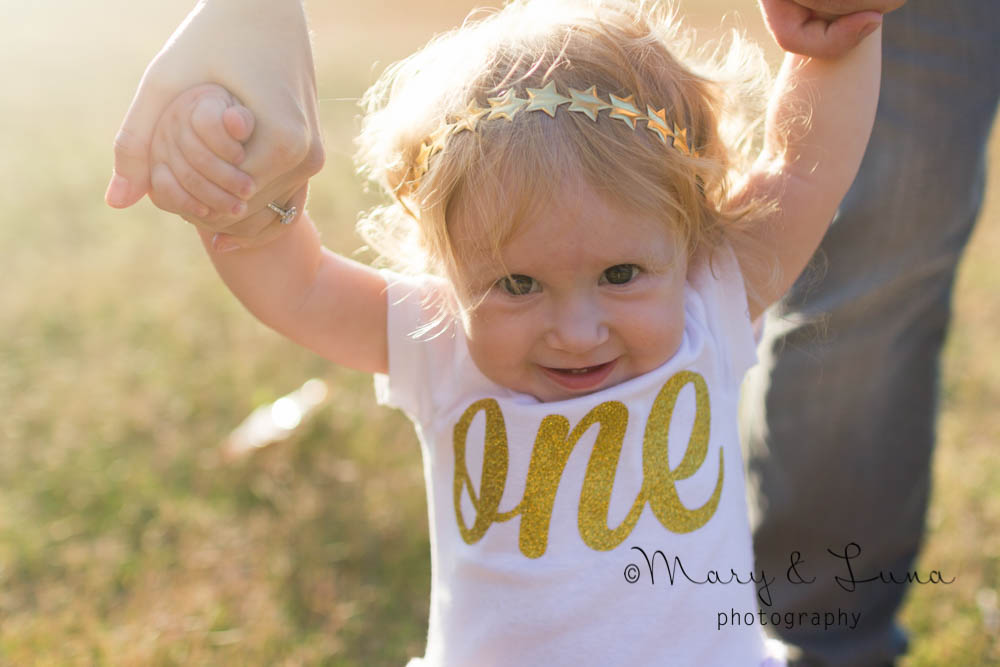 I can't believe this little cutie is 1 already! We took these photos two weeks ago, but things have been crazy busy and I am finally posting them! You can also see my photos of her 1st year of life: 3 month, 6 month, 9 month.
I can't believe this little cutie is 1 already! We took these photos two weeks ago, but things have been crazy busy and I am finally posting them! You can also see my photos of her 1st year of life: 3 month, 6 month, 9 month.
